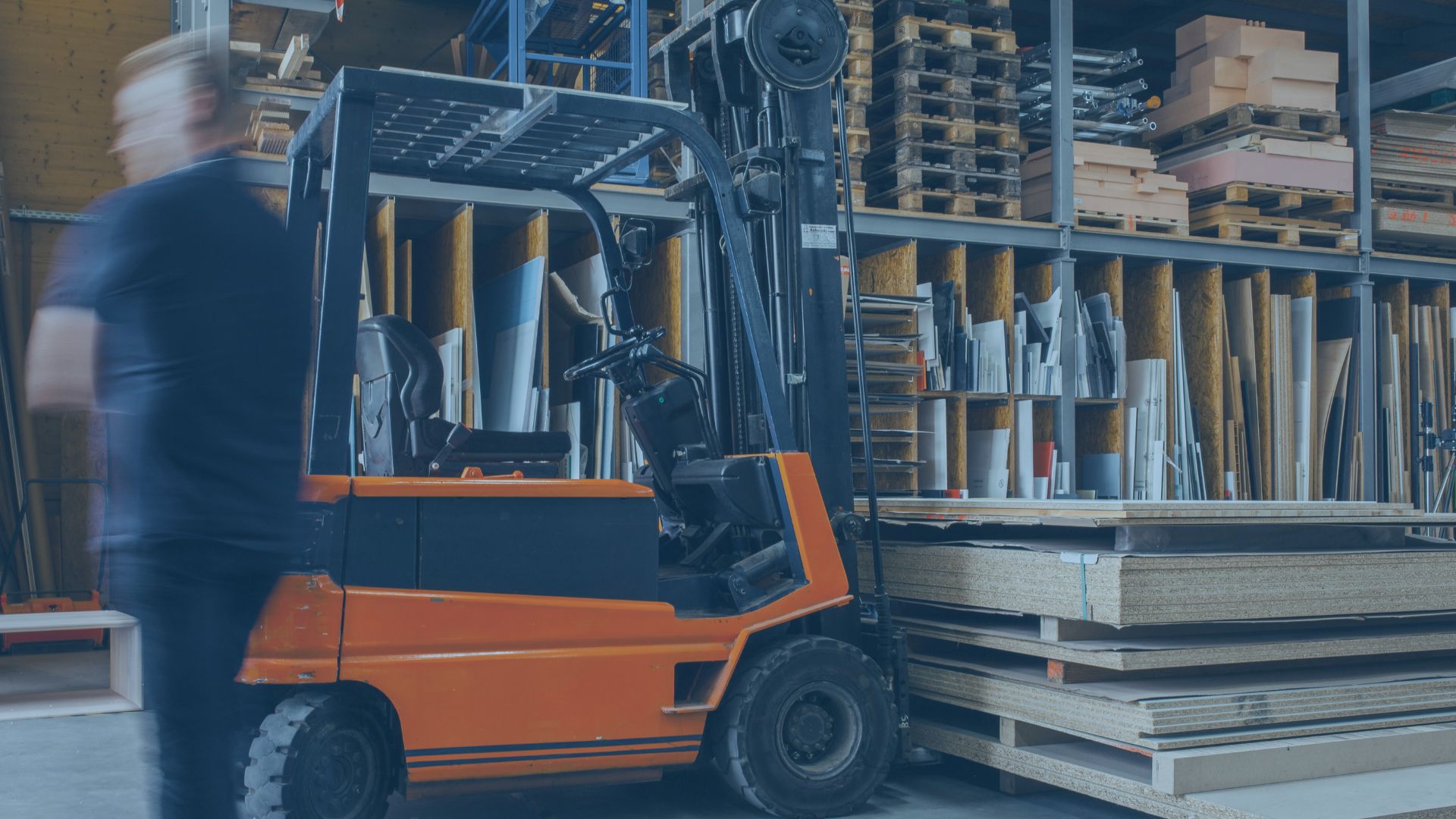Walk onto any production floor and you’ll spot them first: the forklift operators weaving through aisles, picking orders, feeding lines, and clearing outbound pallets. Officially, they’re “equipment operators.” Unofficially, they’re the loudest, clearest signal of what it feels like to work in your plant.
Every wave across the warehouse, every impromptu assist on a rush shipment, every quick pointer to a nervous new hire broadcasts a message: “This is how we treat each other here.” Get that micro-moment right and you reinforce a positive culture. Get it wrong and you undercut every poster, town-hall speech, and HR newsletter you’ve ever produced.
The ‘Small Stuff’ That Isn’t Small
Manufacturing leaders obsess over OEE, takt time, and scrap rates. Yet the “soft” side of the business—interactions between the people driving those metrics—often determines whether targets are met or missed.
-
A courteous hand signal as an operator heads down a crowded aisle shows respect for safety protocols.
-
Stopping to help a picker balance an unstable load is collaboration in action.
-
Taking two minutes to explain scan-gun quirks to a temp worker conveys pride and ownership.
Multiply those micro-behaviors across three shifts, 250 days a year, and you’ve created either a culture of engagement or an atmosphere of indifference.
Culture is simply process, done by people. Forklift drivers touch more people and processes in a day than most supervisors. That makes them cultural megaphones—whether you intend it or not.
Why Forklift Operators Hold Outsized Influence
-
High visibility, high mobility
Operators move through every department—shipping, receiving, kitting, line-feed—and interact with everyone from maintenance techs to office staff. Their behavior spreads quickly. -
Informal problem-solvers
A stuck pallet, a missing skid, a machine starved of parts: operators are often the first to spot—and solve—these mini-crises. How they respond sets the tone for problem-solving across the plant. -
Natural mentors
New hires ride along during their first week. Temps shadow them to learn routes. A welcoming operator can turn a shaky first impression into long-term loyalty. -
Symbol of safety
Forklifts can be dangerous. An operator who follows every horn beep, mirror check, and pedestrian stop tells the rest of the floor that safety rules matter.
The Cost of Overlooking Culture at the Forks
-
Turnover spikes. If entry-level workers feel ignored (or worse, disrespected) by the very people they rely on for help, they’ll exit at the first opportunity.
-
Productivity drops. Mismatched priorities (“just get it done” vs. “let’s do it right”) create rework, damage, and downtime.
-
Safety incidents rise. Corner-cutting spreads fast if influential peers appear to get away with it.
-
Employer brand suffers. Word travels—especially among local labor pools—about which plants are “good places to learn” and which are “no-thanks, I’ll pass.”
Hiring Beyond the Forklift Certification
Most postings focus on OSHA certs and pallet-rack capacity. That’s table stakes. Smart hiring managers screen for behavioral traits that ripple culture-wide.
Interview Prompts to Use Tomorrow
-
“Tell me about a time a co-worker was struggling. What did you do?”
Looks for empathy and initiative. -
“Describe a disagreement you had on the floor. How was it resolved?”
Surfaces conflict-management style. -
“Give an example of a process improvement you suggested or implemented.”
Tests continuous-improvement mindset. -
“What makes a shift run smoothly in your view?”
Reveals understanding of teamwork beyond the truck forks.
Hire the applicant who wants to contribute, not just clock in. A single high-respect operator will influence dozens of co-workers each shift.
Onboarding: Turn Drivers into Cultural Champions
Even the best hire can’t embody your culture if onboarding is a paperwork dump followed by “Hop on the truck, good luck.”
-
Assign a Day-One Buddy
Pair new operators with seasoned pros who model the safety and courtesy standards you expect. -
Micro-Leadership Moments
Have operators lead a 5S audit, present a quick Kaizen improvement, or train temps on RF scanners. Position equals pride. -
Visibility with Supervisors
Schedule weekly five-minute standups where operators share roadblocks and wins with team leads. It validates their frontline insight. -
Recognition Loops
Caught someone guiding a rookie through a tricky load? Spotlight it in the daily huddle or digital signage. Small praise fuels repeat behavior.
Metrics That Matter
Traditional metrics—pick rate, pallets moved—don’t capture culture. Add these soft-signal KPIs:
| Metric | Why It Matters | How to Track |
|---|---|---|
| Buddy Retention Rate | If new hires paired with specific operators stay longer, you’ve found culture carriers. | HRIS reports vs. buddy list. |
| Near-Miss Reports Filed by Operators | Shows engagement in safety, not fear of blame. | Safety software logs. |
| Employee Referrals from Forklift Team | People recruit to places they’re proud of. | Recruitment data. |
A steady uptick indicates frontline ambassadors are doing their job.
Bottom Line
Forklift operators are more than material movers. They are culture transmitters, safety stewards, and everyday mentors. Watch them. Support them. Hire for the soft skills they quietly wield. Because if you want to know what it truly feels like to work in your plant, stand at the aisle intersection, listen for a horn beep—and see how your drivers respond when someone steps into their path.
The answer speaks volumes.

